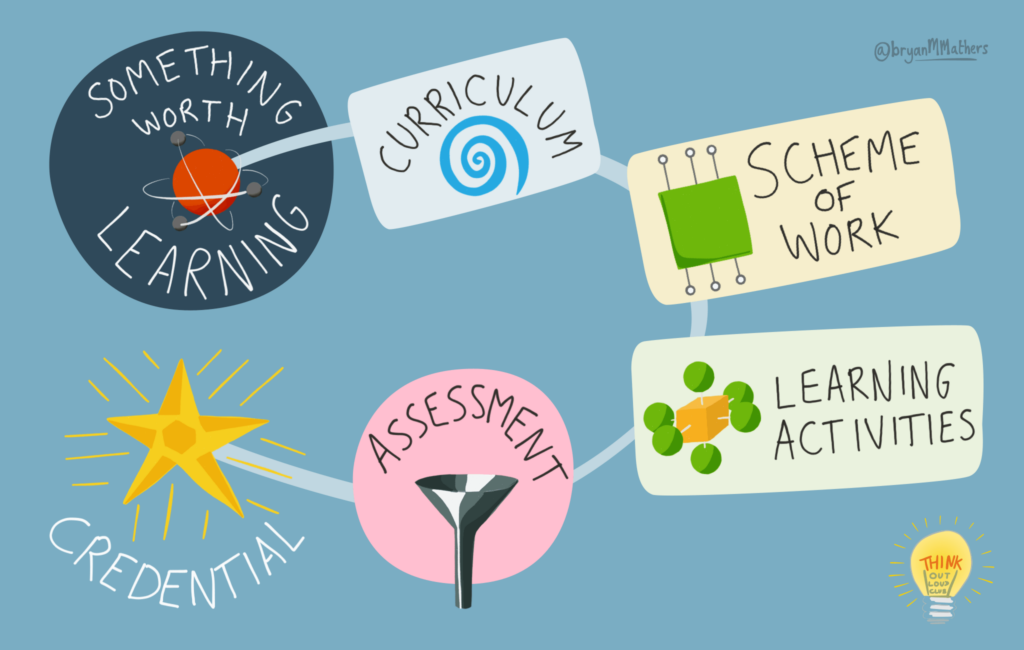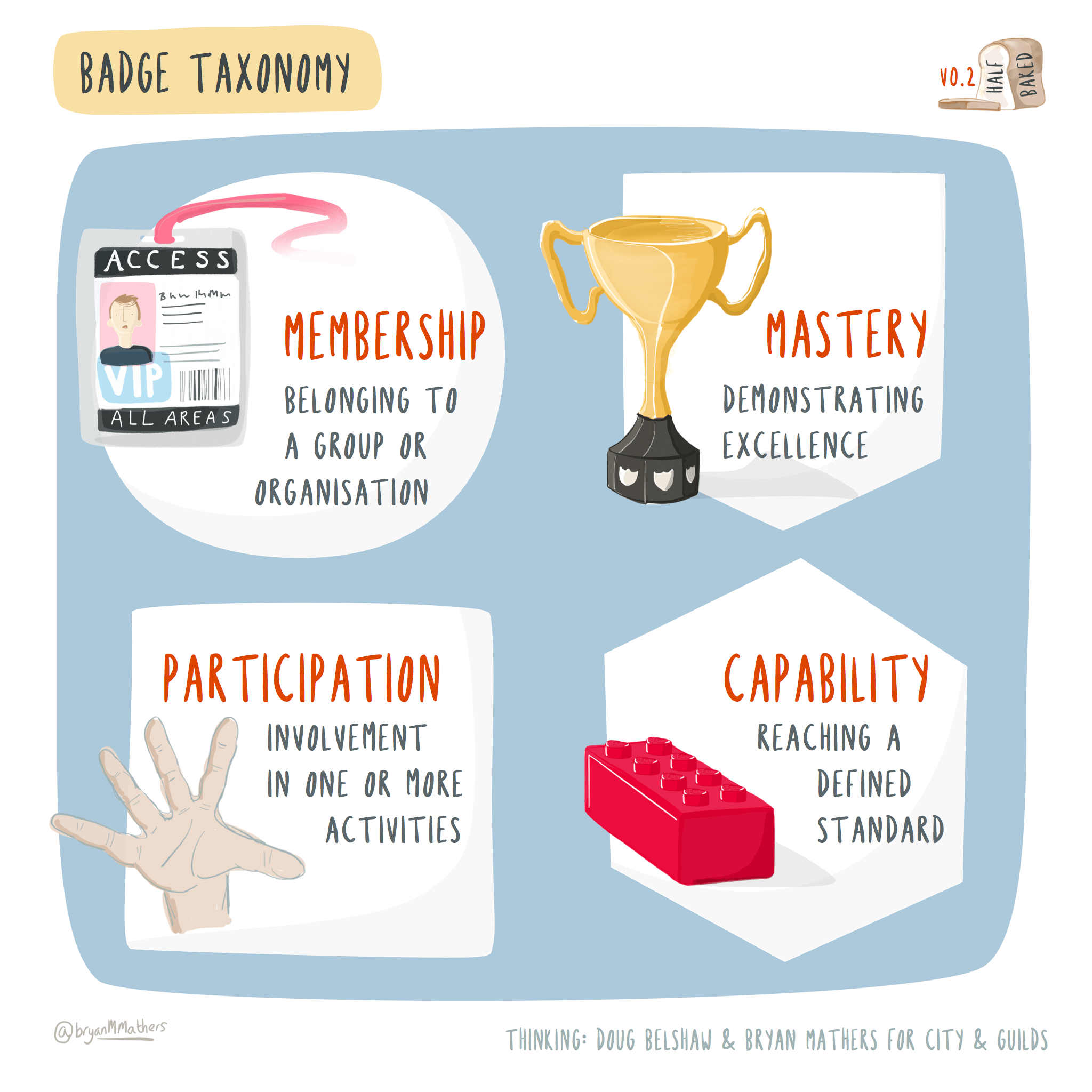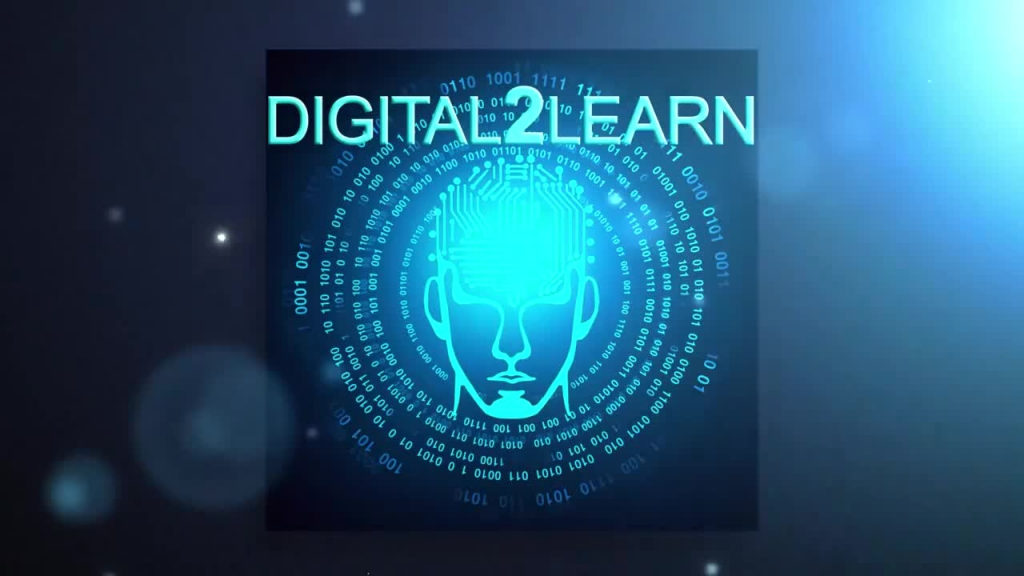Where to look for information around Open Badges and digital credentials (July 2024 edition)

Someone got in touch with me recently to ask for some advice after listening to the episode on Open Badges I recorded with Matt Linaker for the Totara Talks Talent podcast. It’s been a few years since they were up to speed around badges and digital credentials, and so wanted some recommendations on some resources to get them up to speed.
Instead of keeping such recommendations in the silo of an email inbox, I thought I’d share them here. I’m sure I’ve missed something, but the context of the advice is a 12-month badges pilot at a higher education institution in North America.
WAO resources
It would be remiss of me not to point first of all towards the resources that we are WAO have produced over the years. These are many and varied, but I’d first direct people’s attention towards the following.
Blog posts
- A Compendium of Credentialing — this is a roundup of some of our blog posts that we published last month, which covers an introduction to badges, badge system design, open recognition, and some experimental stuff.
- Building Credibility into Digital Credentials — published after the above roundup, this post covers some important things to bear in mind when thinking about creating valid, reliable, and credible badges.
- Building and Sustaining Engagement with the Digital Credentials Consortium — another post published after the compendium, this one discusses communication strategies around digital credential projects.
Other stuff
- Badges.community — information about a Community of Practice called ORE (Open Recognition is for Everybody) which meets monthly and discusses all things badge- and recognition-related.
- Badge Wiki — a knowledge repository for the Open Badges community, including badge platforms, a glossary, the Open Recognition Toolkit, and a lot more.
- Reframing Recognition — a free email-based course to think about going beyond microcredentials towards a more holistic notion of open recognition.
We’re also working on a free online resource that puts together a lot of the fantastic images that Bryan Mathers has created around Open Badges over the years. It’s not finished yet, but you can have a sneak peek here.
WAO Partners
We’ve worked with Participate a lot over the past few years, and more recently the Digital Credentials Consortium (DCC) based at MIT. Something to bear in mind is that version 3 of the Open Badges specification introduces some interesting new features, as it uses the Verifiable Credentials data model. One of these is ‘decentralised identifiers’ meaning that badges are issued to wallets rather than email addresses. For example:
We helped the DCC set up a new knowledge base which has a lot of interesting and useful information about everything related to this. The DCC creates Open Source software to help higher education institutions, vendors, and anyone else be able to issue Verifiable Credentials at scale.
People to follow
This is where I get into trouble by accidentally leaving people out, but with that risk in mind here are some people to follow who are active on LinkedIn, posting mainly in English and mostly about things somehow related to badges and digital credentials:
- Anabella Laya
- David Leaser
- David McCool
- Dominic Orr
- Don Presant
- Ian Davidson
- Jim Daniels
- Julie Keane
- Justin Mason
- Kate Giovacchini
- Kerri Lemoie
- Kim Hamilton Duffy
- Krystal Rawls
- Margo Griffith
- Marilys Galindo
- Mark Otter
- Meena Naik
- Nate Otto
- Nerijus Kriauciunas
- Noah Geisel
- Philippe Petitqueux
- Phillip Long
- Rob Stewart
- Rolf Reinhardt
- Rosie Clayton
- Rupert Ward
- Sean Murphy
- Serge Ravet
- Simone Ravaioli
- Stella Porto
- Stuart Martin
- Tim Riches
- Wayne Gibbons
Events to attend
- The Badge Summit (August, Colorado: USA)
- Convergence Conference (September, New Orleans: USA)
- ePIC (November, Paris: France)
Other things
Although the best thing to do is to “get into the water” by following a bunch of people and keeping up to date with what they share, it might be specifically worth following what’s going on around skills-based hiring at the moment. Walmart is funding a bunch of things in this area, including work by Jobs for the Future (JFF). For example, we’ve just kicked off a project with them around evaluating a credential for job readiness.
There’s a lot going on! This post could have have been five times longer, and it makes me think that perhaps we should resurrect Badge News 🤔
Image CC BY-ND Visual Thinkery for WAO



